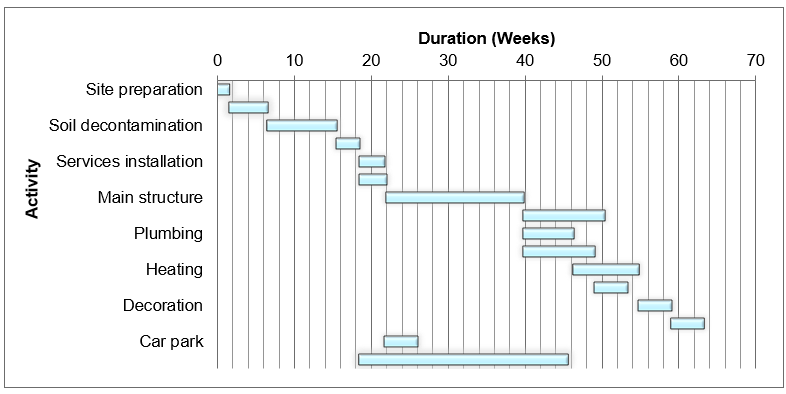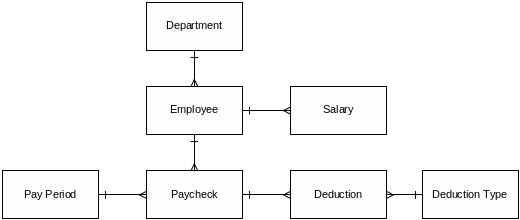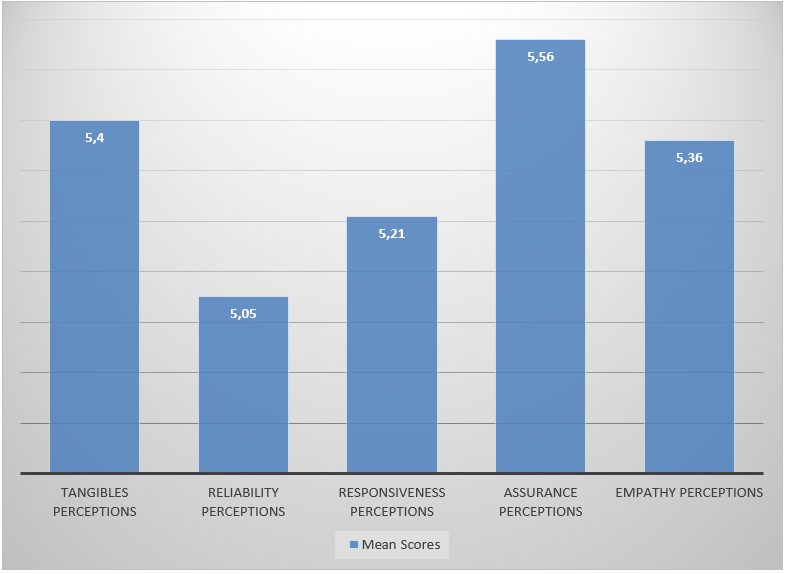Executive Summary
The Gary’s Auto Restoration “OLD & NEW” project will offer auto restoration services to corporate and independent customers. Gary’s Auto Restoration “OLD & NEW” specializes in complete automobile restoration within the specification of each customer as per the budget and timeline constraints. Based on the market research conducted, it was established that there is a need to introduce a customized auto restoration center. The proposed auto restoration business project needs a project-driven organizational structure that centers on the individual project and customer demands. This approach brings many benefits, including being responsive to the changing needs of the customers, effectiveness in incorporating diverse skills in a team, and usefulness in project risk management. The Gary’s Auto Restoration “OLD & NEW” project will offer auto restoration services to corporate and independent customers. Gary’s Auto Restoration “OLD & NEW” specializes in complete automobile restoration within the specification of each customer as per the budget and timeline constraints. The proposed project and its objectives support the plan of quality and customized auto restoration services at the most cost-effective level to ensure that the business is sustainable and profitable in the short and long term.
Goals and Objectives
Overall Goal
The primary aim of the project is to create a transition for auto restoration for new and old motor vehicles.
Specific Objectives
Table 1: Project Objectives.
Success Criteria
Project Scope
Functional Scope
Table 3: Functional Scope.
System Scope
Table 4: System Scope.

Project Interdependencies
Table 5: Scope—Project Interdependencies.
Data Scope
The project’s boundary was classified as a high-level business object model, as indicated in the diagram below.

Technology Scope
Table 6: Scope—Technology.
Organizational Scope
Table 7: Scope—Organizational Scope.
High-Level Schedule
Work Breakdown Structure (WBS)
Key Deliverables
Execution of the auto restoration project will be carried through a four-stage approach to incorporate the expected output variables. To ensure that the deliverables are achieved, the support tools such as the Gantt chart and work breakdown structure will be used (Microsoft Corporation, 2012). Specifically, the Gantt chart will be useful in showing each deliverable in terms of costs, expected date of execution, and level of periodic progress. Specifically, the project deliverables will be;

Milestone Schedule
Table 8: Milestone Schedule.
Assumptions
The main assumption is that each phase of the project will be addressed concurrently to minimize the risk of passing the execution deadlines.
Stakeholder Roles and Responsibilities
Project Manager
Steering Committee
Project Supervisor
Communication Plan
The proposed communication plan does not aim to disseminate any particular message, as its core purpose is to improve communication between the project implementation stakeholders, as summarized in the table below.
Benefits and Budget
Project Benefits
Project Budget Summary
Project Governance and Resourcing
Project Governance

Project Resourcing
The project resourcing for the proposed auto restoration business is summarized in the table below.
Table 3: Resources
Resourcing Comments, Constraints, and Issues
In the case of the auto restoration project, the project manager may have to give thought to the possibility of engaging the noncritical paths, if the risks in these paths are lower than the risks in the critical path. This strategy is significant in reducing the general impact of project delay. In the case of the proposed auto restoration project, it is apparent that any delay is likely to affect the noncritical and very critical components of the project at the execution stage. This may happen since any delay in the activities within the critical path will directly negatively affect the project timeline. As a remedy, it is necessary to complete the activities that fall within the critical path on time within the strict project schedule. Thus, resource allocation for the auto restoration project should be concentrated on activities which do not fall within the critical path (Microsoft Corporation, 2012).
Management Focus
Style of Completion
The customer of the project will be individual and corporate automobile owners who want restoration on their cars by the use of internal resources. The customers will be required to avail of their cars for restoration at a subsidized cost to test the workability of the project. The role of each stakeholder is clear. To improve communication, there will be a series of formal training organized by the project manager. The end-users who will be impacted by this project are many. Since the project is new, there will no need for a transition team. The aspect of customer satisfaction and efficiency will be assured through a proactive, cost-effective service model. The main quality standards that need to be met are efficient and timely services. The quality will be assured through a continuous review of the project objectives against the business goals (Wren, 2007).
Issues Management
Critical to the success of the proposed auto restoration project is to proactively manage issues that arise from the conception to execution of the project. Thus, it is necessary to ensure that the stakeholders are active in resolving arising issues that might have an impact on the triple constraints, which are scope, schedule, and budget. Upon registration of any issue, the necessary stakeholder will be mandated with the responsibility of creating an action plan aimed at proactively resolving the issue within the shortest time possible, that is, weekly (Snyder, 2009). The status report will be updated each time an issue is identified and resolved (Gray & Larson, 2011).
Change Management
Since the project is dynamic and action-oriented, there is a need to create a change management plan to ensure that there is a smooth transition from one phase to another. The project manager will have the responsibility of tracking the change order log and update the status of each change in the request for a change log (Murray, Grantham, & Damle, 2011).
Risk Management
Reflectively, the aspect of risk management involves a process of planning for risk mitigation strategies to ensure that the auto restoration project is not undermined by uncertainties during implantation. The predictable and unpredictable risks during the project implementation will be managed proactively. The main risks will be captured in the project plan (Murray, Grantham, & Damle, 2011). At the stage of project planning, the relevant stakeholders will develop an explicit risk plan, which comprises of risk identification, assessment, and mitigation in the risk management plan.
Procurement Plan
Since the project is internal, there will be no need for the procurement plan. However, internally sourced services will be properly tracked to ensure flow and accountability during project implementation.
Transition Management Plan
Since this is a new project, there will be no need for a transitional management plan for the proposed auto restoration project. However, the project will rely on the expertise of the project manager to ensure a smooth flow between project completion and the beginning of operations.
Gathering Customer Requirements Approach
The approach that will be used to gather customer requirements will be via a simple survey and direct interaction with potential clients. Any suggestions from the customers will be implemented in the project implementation stage since this phase was created to be flexible to accommodate new ideas (Murray, Grantham, & Damle, 2011). The tools that will be used to gather customer requirements are voice recorders, notebook, and mobile phone.
Reporting
The reporting will depend on the role of each stakeholder’s timetable in the phases of the project. The updated status reports shall be distributed weekly after every progress meeting. The approach to status review will be via live meetings and electronic mediums. The reporting will be captured in the project status report (Wren, 2007).
Risk Plan
Identification of the Risks
Operational and Technological Risk
From the definite time frame for implementation, it is apparent that the auto restoration project has a clear and specific period of implementation. The inflexible time allocation for completion of the project may be faced with challenges in the channel of reporting progress that is critical in ensuring clear communication from one stage to another. The risk level in this category is high.
Economic and Financial Risk
The main financier of the project will be an external institution that may have clear demands for the completion of the project with its deadline without any major hurdles. This risk in this classification is medium.
Environmental Risk
The aspects of sustainability, pollution, environmental degradation, and other environmental concerns must be reviewed in the course of this project. However, the risk is low since the project will have a very little negative impact on the environment.
Delay Risks
Just like any other project, this project may experience a delay due to other dynamics during implementation. However, the risk is very minimal.
Classification of the Risks
After identification, these risks were classified in terms of their overall impact on the project and probability of their occurrence. The basis for classification was in terms of the magnitude of impact such as (LI) low impact, (MI) medium impact, and (HI) high impact, as summarized in the table below.
Table 15: High-Level Risk Plan.
Signatures
Executive Sponsors
Project Directors and Sponsors
Approvers
References
Gray, C.F., & Larson, E.W. (2011). Project management: The managerial process. New York, NY: McGraw-Hill.
Microsoft Corporation. (2012). Manage your project’s critical path. Web.
Murray, S. L., Grantham, K., & Damle, S. B. (2011). Development of a Generic Risk Matrix to Manage Project Risks. Journal of Industrial and Systems Engineering, 5(1), 35-51.
Snyder, C. (2009). A project manager’s book of forms: A companion to the PMBOK guide. Hoboken, ST: Wiley and Sons.
Wren, A. (2007). The project management A-Z: a compendium of project management techniques. New York, NY: Gower Publishing Companies.